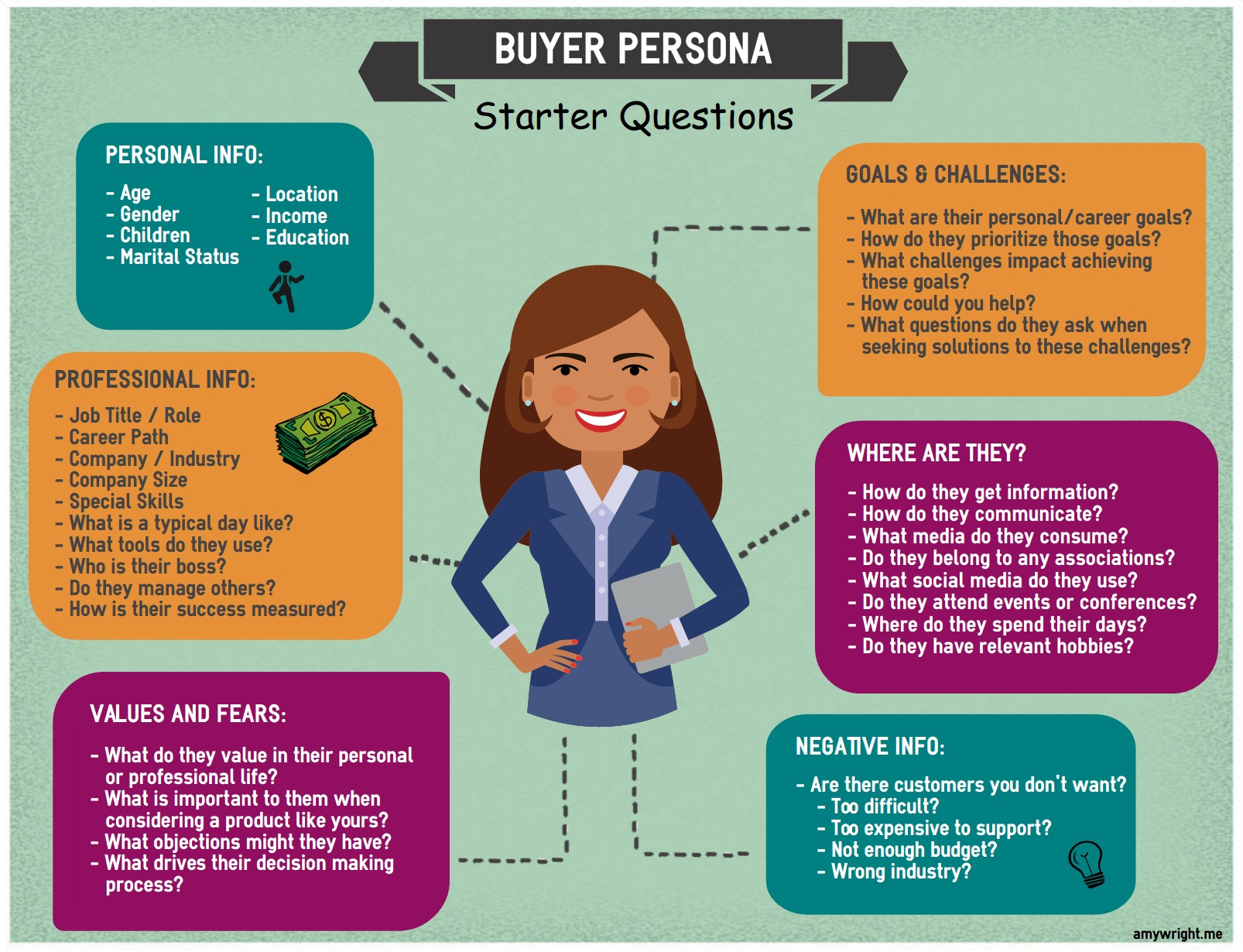Content marketing is possibly the most crucial element in any marketing strategy. It’s your time to shine, your opportunity to put your best foot forward to attract and convert prospects into customers ... without having to sell to them. But as today’s consumers don’t decide to buy from you based on what you sell but rather why they should buy from you, creating content that is engaging and entertaining should be the driving force behind your content marketing strategy. Now, I know I literally just told you that content marketing isn’t about selling to prospects, but what if I told you that turning your content into stories might actually enable you to sell?
Enter the art of storytelling.
It’s not a revelation when I say everyone loves a great story. It's a fact. But the beauty of storytelling is that it is so much more than just telling stories. In the world of content marketing, stories are the perfect way to humanise your brand, as they’re the beating heart of inbound marketing as a whole. They are what people remember. Stories give us a reason to communicate and relate. They are stimulating and give us something to believe in. Utilising storytelling in your inbound marketing provides the opportunity to portray the customer as the hero; a protagonist they can get behind!
So, it’s time to channel your inner Picasso because we’re about to get artsy. Storytelling is not a process, method or technique. It. is. an. art. And boy, I can’t emphasise that enough. Just like art, it requires creativity, vision, skill and practice. When stories are told well, they can change your behaviour, your opinions, even your life. I don’t know about you but at 12 years old and as a big Harry Potter fan, I was convinced I could be sat with the Gryffindor gang because of Hogwarts’ relaxed view on muggle applications. JK’s epic storytelling took me there - it was only the rude awakening of growing up (and finding out that magic isn’t real) that nipped this dream in the bud. You might think I’m crazy, or maybe you want to know more (and you should), but either way, if you keep reading, we'll share our top tips for writing stories that’ll win you hearts, minds and ultimately .. dollar signs.
As valuable as storytelling is, it isn’t something you can grasp in one sitting. So let’s break it down.
Before writing any story, it’s important to know that there are three components that make up a good story, regardless of the story you’re trying to tell. This may seem like something you learnt back in grade 3, but let me refresh your memory, because I can’t even remember what I ate for breakfast let alone what I learnt in grade 3, and this is really important.
- Characters: Every story features at least one character, but the main character is the key component in relating your audience back to the story. The main character is the bridge between you, the storyteller and the audience. The goal is for the audience to put themselves in the character’s shoes, and if they do, they’ll be more likely to follow through with your call-to-action.
- Conflict: The conflict is the lesson of how the character overcomes a challenge. Conflict in stories elicit emotions and connects the audience on a personal level through relatable experiences. The power lies in what you’re conveying and teaching. If there’s no conflict, it's likely not a story.
- Resolution: Every good story has an ending, but it doesn’t always have to be 'happily ever after'. Your story’s resolution should wrap up the story, provide context around the characters and conflict, and leave your audience with a call-to-action.
Now that you know the essence needed for your story, let's talk about how to craft one.
Tip #1 Know your audience
Before putting pen to paper (or fingers to a keyboard) do some research on your target market and define your buyer personas (if you haven’t already). In order to create a compelling story you need to understand who your audience is and who will respond and take action. This will provide you crucial direction for the next few steps as you build out the foundation of your story.
Tip #2 Define your core message
Like every story, it should have a core message before moving forward. When planning content, create stories that relate to your content pillars so your stories align with your content strategy.
To help define this, try and summarise your story in six to ten words. If you can’t do that, you don’t quite have a core message (yet, but keep trying! It's worth it)
Tip #3 Decide what kind of story you’re telling
Not all stories are equal or the same - imagine if ‘the butler did it’ in every Agatha Christie novel? They wouldn’t be nearly as brilliant. When it comes to determining what kind of story you’re telling, figure out how you want your audience to feel or react as they read. This will help you determine how to weave your story with the objective you’re pursuing.
If your objective is to:
- Tell people about yourself: Tell a story that features genuine, humanising struggles, failures and wins. Today’s consumers connect with brands that market with authenticity and storytelling is no exception
- Incite action: Your story should describe how a successful action was completed in the past and explain how readers might be able to implement the same kind of change. But remember to avoid excessive or exaggerated details so your audience can focus on the action that your story encourages
- Impart knowledge or educate: Tell a story that features a trial-and-error experience, so that readers can learn about a problem and how a solution was discovered and applied. Discuss other alternative solutions, too.
Tip #4 Establish your call-to-action
Very similar to your objective, CTA’s direct the consumers to the exact action you’d like your audience to take after reading or interacting with your content. What exactly do you want your readers to do? Donate money, subscribe to a newsletter or buy a product? Outline this alongside your objective to make sure they line up.
Tip #5 Choose your story medium
Stories can take many shapes and forms, offering you a wide range of content that is appropriate to your objectives and content pillars. Some stories are read, some are watched and others are listened to. Choosing your story medium depends on your type of story.
Here are some of the different ways you can tell your story:
- Written stories can often be told through articles, blog posts or books. These are mostly text and may include some images. Written stories are by far the most affordable, attainable method of storytelling as it is free or very low cost.
- A spoken story is told in person such as a presentation, pitch or panel (think TED talks).
- A digital story is told through a variety of media such as video, animation or interactive stories. This option is the most effective for emotionally resonating stories as well as active, visual stories and is why it's also the most expensive.
Tip #6 Share your story
Now that you have perfected the art of storytelling, it's time to promote it! Depending on the chosen medium of your story, you should definitely look at sharing it on social media and email. The more places you share your story, the more engagement you can expect from your audience - just like the shameless soccer mum who shares all of her child's achievements on her social media. If you can't beat 'em, eh?
As mentioned before, storytelling is an art. A beautiful time-consuming-but-worth-mastering art for both your business and your customers. Stories bring people together and inspire action and response. Besides, today's consumers don’t decide to buy because you’re selling, but rather why you’re selling. It takes the objectives from your content marketing strategy and turns them into a creative and engaging way to interact and communicate with your audience.


